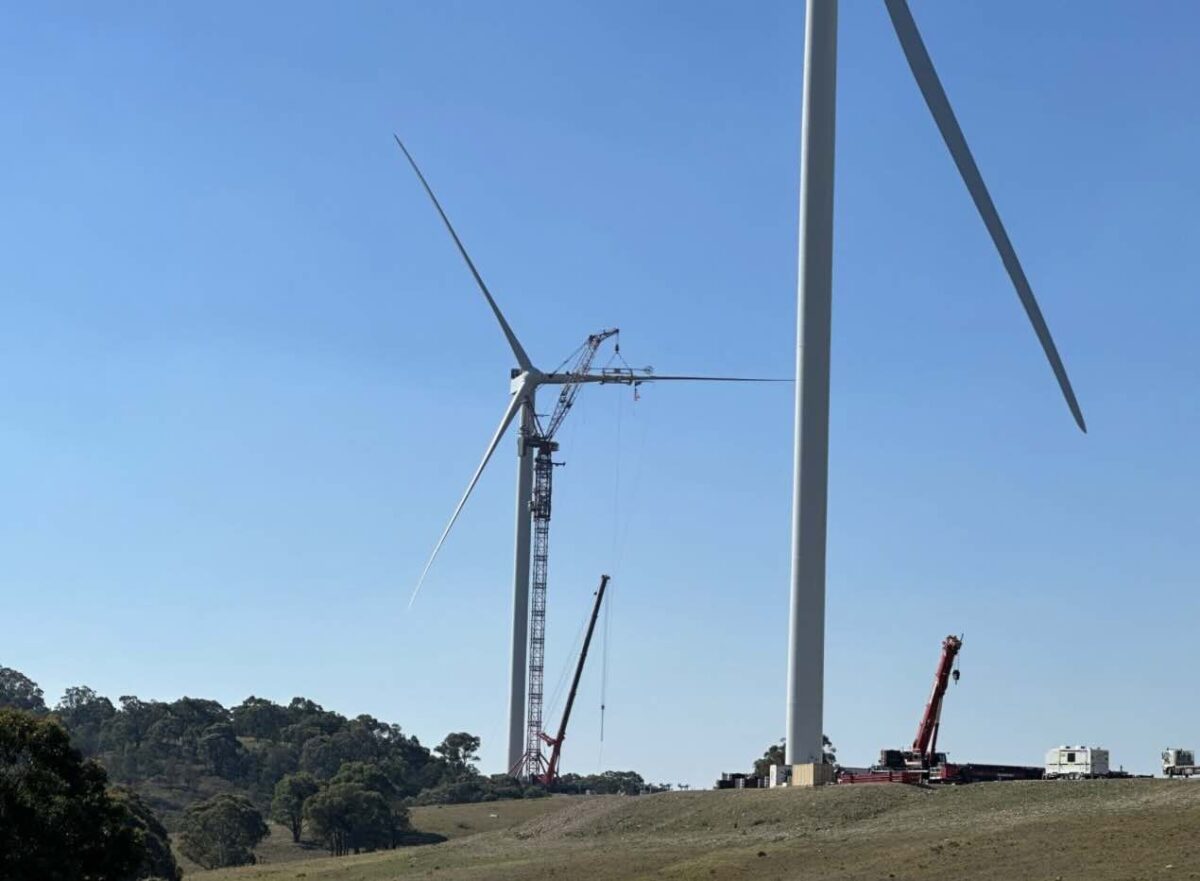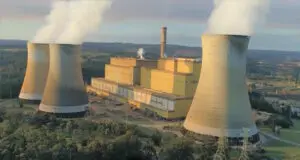The state of NSW has emerged as the biggest winner of a series of deals struck between the federal government and the states of where new wind, solar and storage capacity should be directed under the new Capacity Investment Scheme.
The deals struck by federal climate and energy minister and his state counterparts seek to bring some order to the 23 gigawatts of new wind and solar capacity that will be tendered in the next three years, and the 9 GW (36 GWh) of storage capacity, most likely to be in the form of big batteries.
The CIS tenders – effectively a form on underwriting – are seen as crucial for Australian to have any chance of meeting its 82 per cent renewable energy target by 2030. Federal energy minister Chris Bowen says he still hopes to get there, but the rate of construction, connection and commissioning will have to increase significantly.
NSW, with the biggest grid and the arguably the most pressing challenge given the age of its remaining coal fired generators, is given the highest priority, both in terms of scale and in timelines.
It has been allocated up to 7.1 GW, the highest of any state, and this capacity will be front-loaded to the first two generation tenders, known as Tender 1 and Tender 4, meaning it will likely get the lion’s share of capacity.
The results of the first of those 6GW tenders is likely to be announced in December, while the second, known as tender 4, will open later this month with the result due before the anticipated next federal election in May, 2025.
A briefing document prepared by AEMO Services and sent out to market this week says that once the 7.1 GW target has been reached, future generation tenders under the CIS will not seek bids from NSW projects, although the state government may seek more capacity through its own tenders.

NSW is also allocated a minimum of 1.3 GW of four hour storage capacity (5.2 GWh) under the dispatchable tenders for the CIS, in addition to the capacity supported through the NSW roadmap tenders. The first of those CIS tenders, seeking a total of 4 GW, or 16 GWh, with a minimum 0.9 GW (3.6 GWh) for NSW, opens next Wednesday (November 13)
The negotiations with Victoria have taken an interesting turn, with the state to be allocated a minimum 5 GW of new generation capacity under the CIS generation tenders, but with the large scale solar component limited to 1.5 GW.
“The above requirements have been introduced to ensure a resource mix that can support energy system reliability in Victoria,” the document says. It notes the state can change its mind over the course of the tenders.

Victoria is also allocated more storage, a total of 1.7 GW and 6.8 GWh, although this includes the two big batteries totalling 0.465 GW and 1.63 GWh awarded in the pilot tender that also included South Australia.
As for the other states, the storage target in South Australia – which is already leading the country and the world with a 75 per cent share of wind and solar in the grid – has been boosted from 600 MW to 900 MW (3,600 MWh).
South Australia – which aims to reach a fast-tracked target of 100 per cent net renewables by 2027 – also has had its generation target refined slightly to 3,000 MWh, rather than the 1,000 MW of wind and solar capacity initially agreed.
Tasmania will get an allocation of 1.2 GW of new generation capacity, likely to be all wind, while Western Australia – operating its own islanded grid – is allocated 6.5 TWh of new generation (about 2 GW of new capacity) and a minimum 1.1GW of four-hour storage capacity (4.4 GWh), including the 500 MW targeted in the current CIS Tender 2.
No deal has yet been struck with Queensland, and the document notes that progress has been slow given the state poll and the election of a new LNP government – which has said it wants to repeal the state’s legislated renewable targets – but projects based in that state are still free to bid for any unallocated capacity.
There are no specific allocations for the ACT, which has already reached its target of 100 per cent net renewables and is seeking to grow its renewable contract base to underpin its path to electrification of homes, businesses and transport.
However, ACT projects can also enter the bidding for unallocated capacity. No deal has been struck with the newly elected conservative government in the Northern Territory, which also has a unique energy system with isolated grids centred around the capital Darwin and Alice Springs.








